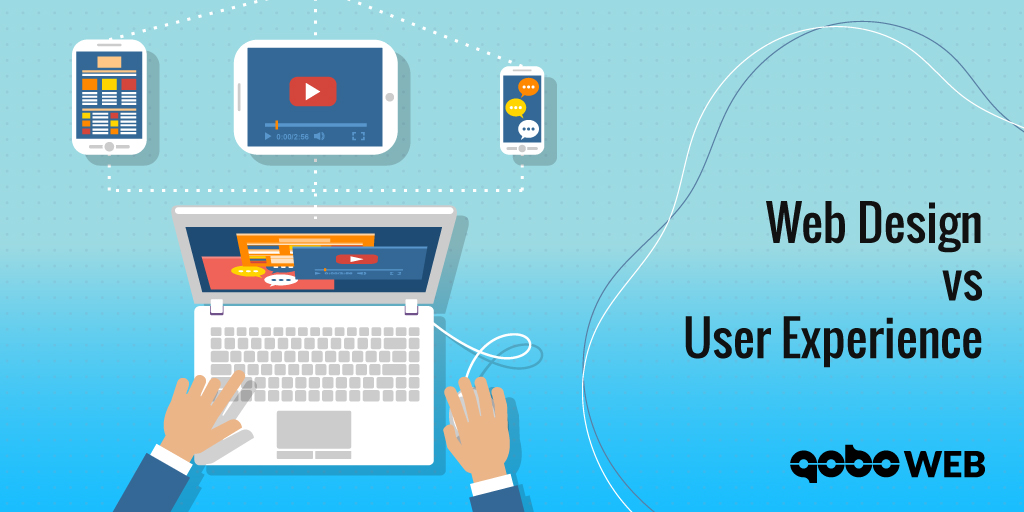Today’ global online market is highly competitive, regardless of industry it would seem. To stand out means having the type of website that doesn’t just attract an audience but that actually keeps them there long enough to convert them into actual buying customers. A website with all the bells and whistles isn’t necessarily going to achieve this – not when customers are seeking genuine emotive user experiences when engaging with brands on the internet. So what makes web design different to user experience and how does one integrate the two to create a customer experience that boosts sales and increases retention?
Making user experience the focal point
While a website needs to be designed in a way that makes the information its presenting visually appealing, how one finds that information as they’re navigating your site is a critical component in making sure that visitor actually returns. Users are usually seeking answers to questions they’re asking online but you need to make the user experience of them accessing that data on your site a memorable one, one that is remembered for how positive the experience was, rather than how negative.
People don’t easily forget how something makes them feel, even when it’s to do with an online interaction so your website design must make user experience a focal point. This means that during the design process, a balance needs to be struck between elements like graphics, relevant text, layout, interactive features and navigation to create a user experience that elicits an emotional response that will have people coming back for more.
Understanding who you’re designing for
Designing a website is largely a creative process, one that incorporates graphical language and page design, visual elements (photographs, videos, illustrations), artwork, branding and more. This is done to differentiate your website from the competition. However, to ensure that none of this effort goes to waste once your website goes live, you absolutely have to know who you’re designing this website for. You must understand your target audience, their needs and their wants and then tailor your website accordingly.
This doesn’t mean compromising on your vision of what you think your website should be, it’s simply making it work in a way that also addresses what your customers are looking for. If you can successfully integrate the needs of those customers into the look and feel of your site, you’ll create a user experience that will likely boost ROI and build retentive customer relationships.
Incorporating appealing visuals that convert
According to research, “If given 15 minutes to consume content, two-thirds of people would rather read something beautifully designed than something plain”. This means designing every page on your website in a way that makes them usable and visually appealing to your audience – and ensuring that the content on those pages is discoverable, be this written content, infographics or images – to maximise user engagement and create a positive user experience.
More so, in the design process, ensure that you include features which elicit an action that will positively impact your bottom line. This includes easy to find call to action buttons across your website, which seamlessly blend in with the overall aesthetic to create an authentic experience rather than one that comes across as overly pushy.
At Qoboweb, we will bring your website to life. With a brilliant creative team, an advanced and highly experienced development team, and a passion for producing extraordinary results, we’ll transform your inspirations and ambitions into a dynamic online presence.
